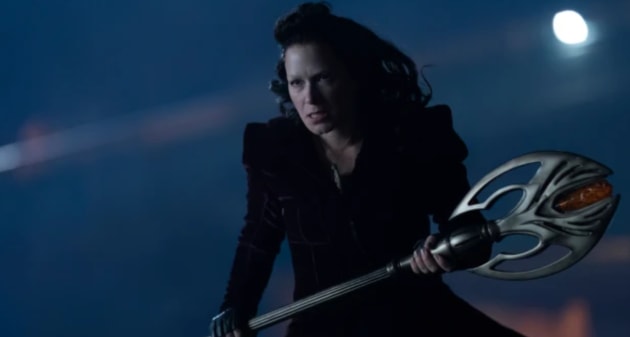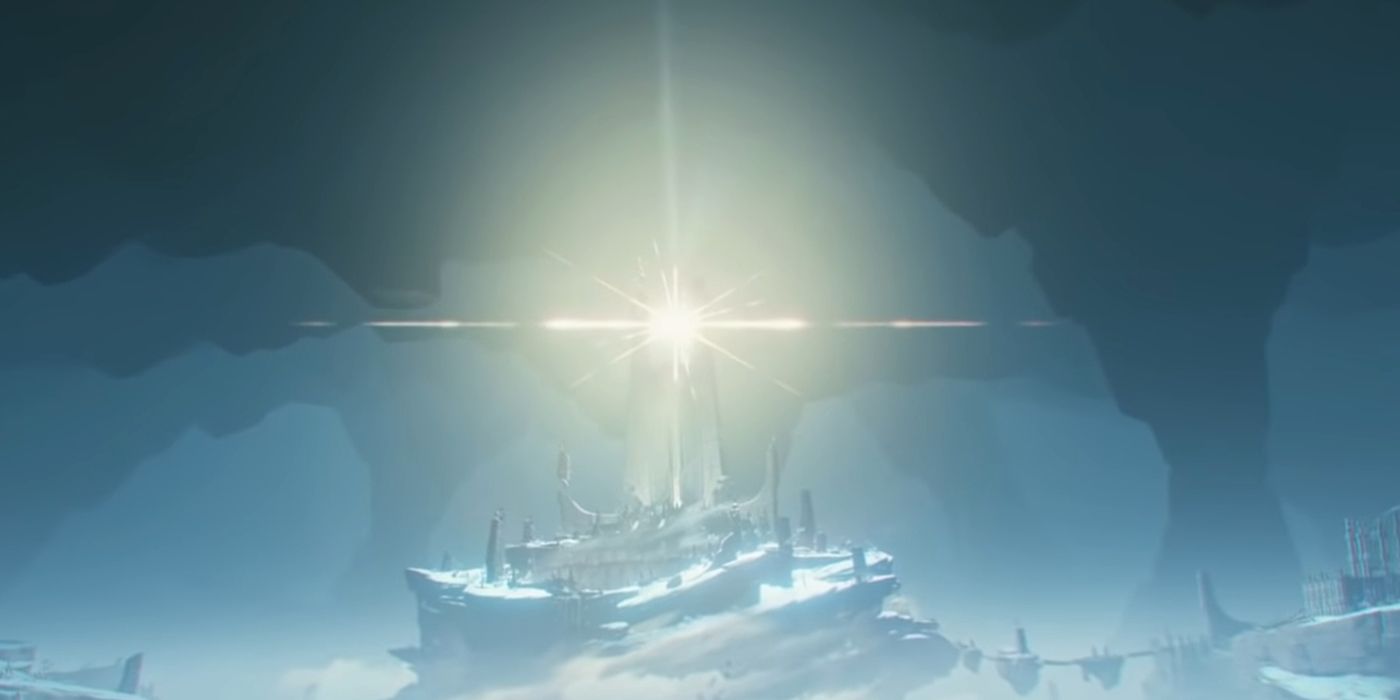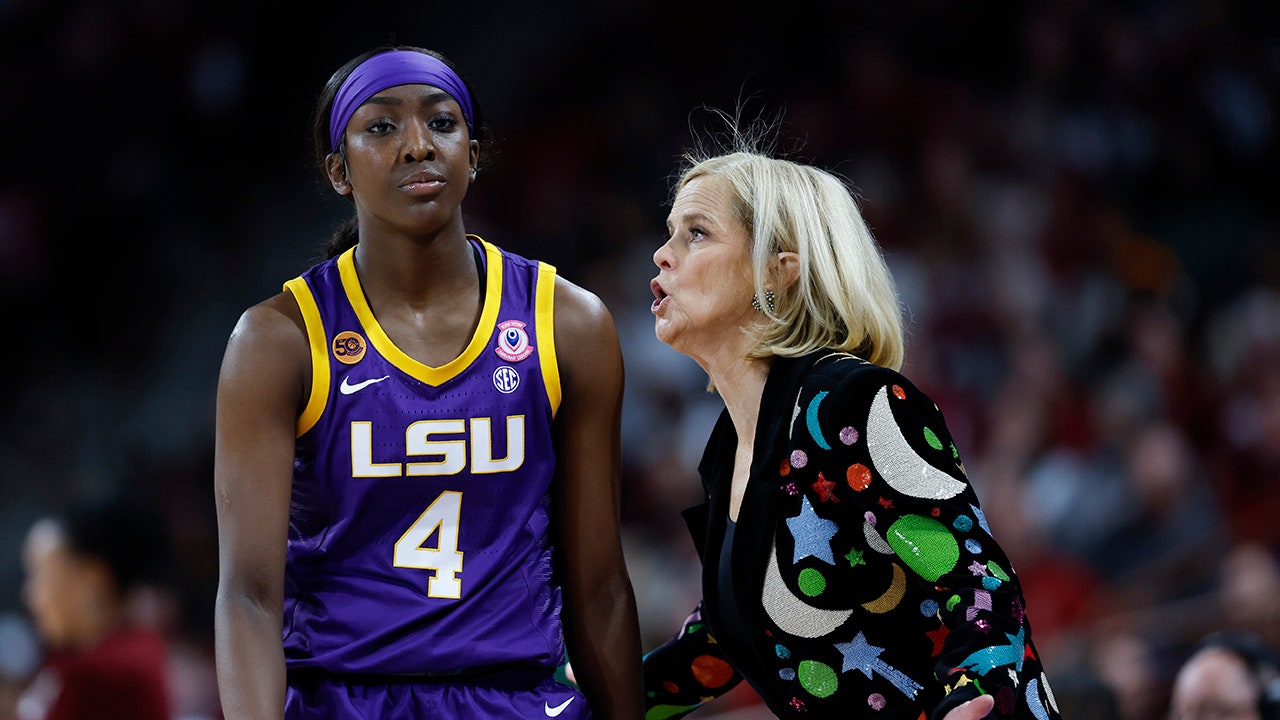In Polar Exposure: An All-Women’s Expedition to the North Pole, author, speaker, research scientist, and polar explorer Felicity Aston gives readers the inside story of her 2018 Women’s Euro-Arabian North Pole Expedition, from the creation of her team of 10 women, to their preparation in Iceland and Oman, to the extreme conditions of the Arctic.
The Millions caught up with Aston to talk about the Polar Exposure—which Publishers Weekly called “a page-turning tale of adventure” in a starred review—the expedition, climate change, and what’s next for her.
The Millions: How did the all-women expedition to the North Pole come about?
Felicity Aston: In 2009 I put together an international team of women from across the Commonwealth to ski to the South Pole together. The experience was so rewarding that a decade later I repeated the process but this time chose to gather a team of women from across Europe and the Middle East in order to focus on the relationship—or lack thereof—of women between those two cultural regions and to ski to the North Pole.
TM: Before the expedition, you and your team—some of whom had never seen snow before—trained for two years. Can you describe what that training was like and what it accomplished?
FA: We trained first on the glaciers of Iceland and later in the Arabian desert. The two environments actually had a lot in common as training destinations. The routines and practical skills of an expedition are almost identical in both locations and dragging a sledge over sand is very much like dragging a sledge over snow—but importantly, in the dunes of Arabia we became familiar with the same element of uncertainty we would experience on the Arctic Ocean. In Oman the sand dunes are unmappable so each day as we left our tents we didn’t know what obstacles we would face, how far we would travel or how long it would be until we pitched the tents again. This is exactly the case on the unmappable ice of the Arctic—you never know what each day will bring.
TM: The book is structured so that each member of the team tells part of the story. How did that structure come about and why?
FA: The expedition placed an emphasis on cultural understanding and the importance of the collaborative effort, so it felt natural when it came to write about the experience that we should continue that ethos and write it together. It was a huge task for our editor/publisher to meld nine voices to create one narrative but with untold hours of effort I think the result has produced something unique and very special—an expedition account in which we hear a true team perspective, one that reflects the often confusing and challenging dynamic of being part of a group.
TM: What were some of the highlights of the expedition? What were the biggest challenges and lessons learned?
FA: The biggest challenge of the expedition was getting it off the ground in the first place. It took two years of preparation and dedication to get us to the start of our expedition and a lot of sacrifice on the part of every team member and those that supported us—in our families, in our work. Perhaps most wonderful of all, people we have never met supported us through various crowd-funding campaigns in the very early days before they had any reason to believe in us. Without them, the expedition would never have got to the position to be able to attract the sponsors that are the critical piece in the expedition puzzle. It’s a real pleasure to be able to send many of those early supporters a copy of the book so that they will know what a difference their belief made and what grew out of their support.
TM: What are the 10 women who went on the expedition doing now?
FA: They are climbing mountains, leading expedition ships, forging careers in their own fields, furthering scientific knowledge, empowering communities, writing books, broadcasting and more—each of them continue on their own chosen and inspiring journey. Many have since become mothers (one a grandmother) which adds another dynamic.
TM: As you were making the trip, was the current climate crisis on your mind? Did you encounter evidence of global warming?
FA: You don’t need to travel to the Arctic Ocean for evidence of global warming. Every person on the planet is, right now, experiencing the consequences of global warming. The evidence is right on your doorstep, no matter where you are on the planet.
TM: Given the realities of climate change, are you hopeful for the future of the planet?
FA: Of course. We already know what the problems are and in many cases we already have the solutions. All we need now is the will to put those solutions into action—and with urgency.
TM: You’ve skied across Antarctica, travelled to Antarctica, been to the north pole. What’s next for you?
FA: I continue to put together ambitious expeditions for the future. As in the past, each expedition presents new challenges for me, answers a different curiosity. My focus now is on The B.I.G. (Before It’s Gone) North Pole Expedition, a ski to the North Pole in which we aim to collect snow, ice and water samples to be analyzed for different forms of pollution, particularly black carbon, airborne microplastics, and heavy metals. The resulting data will possibly answer questions about the future as well as the past of Arctic Ocean Sea Ice.


























































